
각종LCR측정기사양에 따른 렌탈서비스 상담
010-4221-0660
다양한 사양과 브랜드 제품 보유중
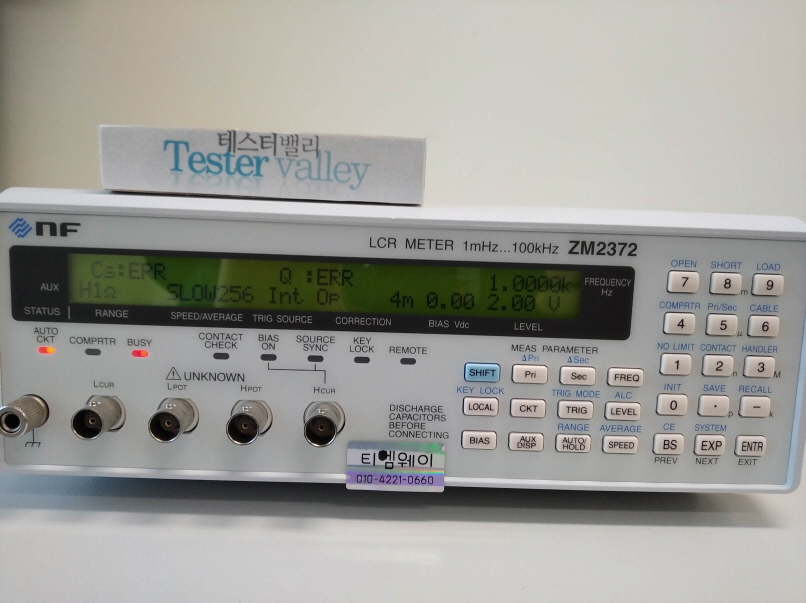
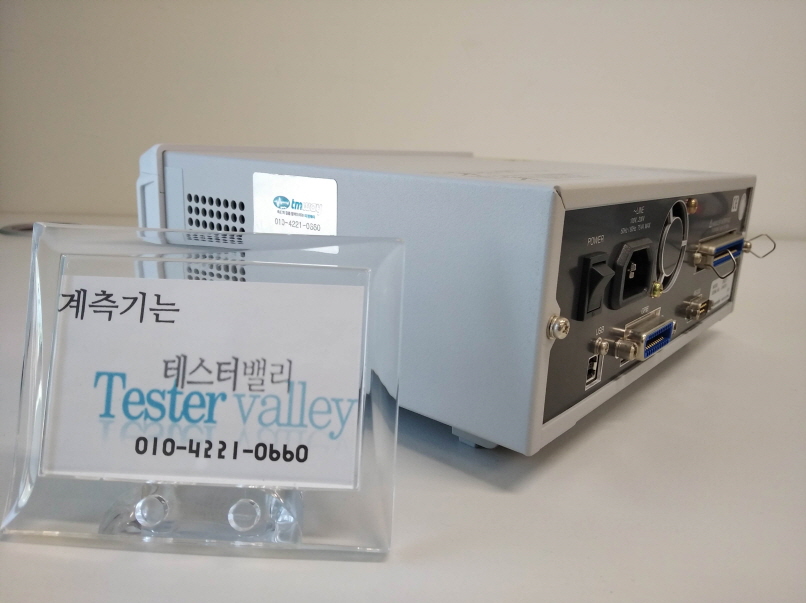
| ||||||||||||||||||||||||||||||||||||||||||||||||||||||||
| With measurements at a maximum speed of 2 ms and with small deviation, correction functions to suppress the influence of the cable connecting to the sample, comparator and contact check* functions, as well as handler interfaces* for automatic sorting, this LCR meter supports a variety of line needs. *ZM2371 is not equipped. |
| Inductor measurement example (Cable length 1m, 2m, 4m) Stable measurement is obtained regardless of the cable length. |
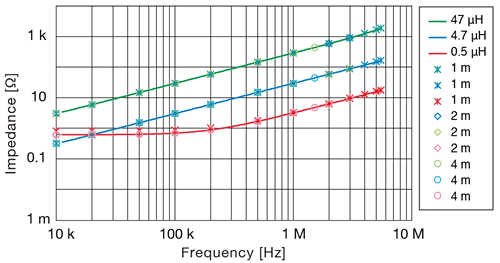 |
| The internal DC bias voltage of ZM2376 can be set up to +5 V, enabling electromotive force of more than 3 V to be measured in lithium-ion batteries (single cell). In addition, since measurements can be performed from a low frequency of 1 mHz, a detailed assessment of the internal impedance of the battery is possible. | 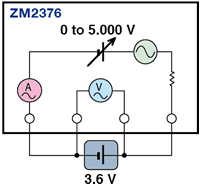 |
| Supports a wide range of high-speed, high-precision measurements. |
|
| ZM2371 and ZM2372 cover a frequency range of 1 mHz to 100 kHz, while ZM2376 covers frequencies from 1 mHz to 5.5 MHz. The resolution can be set to 5 digits or 6 digit* making it possible to perform measurements at frequencies actually used for a variety of components, in addition to evaluation of the frequency dependence of the parameters. *ZM2371, ZM2372: 5 digits, ZM2376: 6 digits |
|
| The measurement signal level can be set at a resolution of 3 digits to 10 mVrms to 5 Vrms, or 1 μArms to 200 mArms. In addition, by means of the automatic level control (ALC) functions, constant voltage and constant current mode can be set, making it possible to perform measurements with high reproducibility at a stable signal level that takes into account the voltage and current dependence of the sample. |
|
| Measurement speed is selectable from 5 levels: RAP (rapid) , FAST, MED, SLOW and VSLO (very slow). When set to RAP, high-speed measurement at 2 ms (1 kHz/1 MHz) or 10 ms (120 Hz) can be performed. This high-speed, high-precision LCR meter will help to improve the measurement efficiency of production lines and automatic inspection equipment. |
|
| The built-in DC bias power supply of 0 to +2.5 V for ZM2371 and ZM2372, and 0 to +5 V for ZM2376 enables the measurement of polar components such as electrolytic capacitors. With the ZM2376, high-speed impedance measurements, such as for lithium-ion batteries (single cell), are also possible. In addition, the use of an optional DC bias voltage adapter* makes it possible to apply a bias voltage of ± 40V to a sample enabling support for such measurements as the voltage dependence of high-capacity multi-layer ceramic capacitors. *Optional |
|
| It is possible to perform DC resistance measurements on the winding resistance of such equipment as coils or transformers. The measured values of the inductance can be displayed in the primary parameters at the same time as the DC resistance in the secondary parameters. |
Enhanced features for production lines! |
|
| |||||||
| In order to prevent measurement and selection errors due to poor contact between the measurement tip and components, ZM2372 performs a contact check measurement at four terminals to determine defects. This eliminates the output of defective products. (Additional time required for contact check: 4 ms) | |||||||
| |||||||
| |||||||
| Detects abnormally low capacitance, abnormal voltage and current, and can detect contact failures with little additional time. | |||||||
|
| This function can be used to drive a sample for a period of time while contact is being made. When performing measurements of large-capacity capacitors, it is possible to reduce the damage caused by the contact by removing the sample. For samples with hysteresis characteristics, when measurements are performed in a short period of time, the measured values have larger fluctuations. By using triggered synchronous drive, the relationships between the time and the phase of the drive signal applied to each sample and the acquired signal are made constant. This suppresses deviations of the measured values ??and makes it possible to significantly reduce the measurement time. |
|
| When measuring a component, a preset value can be set and the deviation and the deviation % of the measured value compared with the preset can be displayed. This can be useful for making acceptance judgments against standard component tolerance values as well as for temperature characteristic tests. |
|
| A maximum of 14* primary parameters can be classified in bins, and measurement results can be sorted on a set of upper and lower limits that have been set by secondary parameters. Sorting is possible by measured value, deviation or deviation %, and the comparator results can be output to the handler interface*. In addition, a beeper can be turned on depending on the comparator results. Using the limit determination function with the remote control interface, is also possible to determine the upper and lower limits (for each one set) of the primary parameters and secondary parameters. *ZM2371: 9 classifications max. Not equipped with handler interface. |
|
| Multi-measurement is a function used for overall acceptance judgments by performing up to 32 steps for each sample. Multiple measurement conditions can be set for each step such as measurement frequency, measurement signal level, internal DC bias, and measurement parameters. Measurements and limit determinations can be performed based on the set of upper and lower limits of the primary parameters and the set of upper and lower limits of the secondary parameters. *This function available only on ZM2376. |
|
| Equipped with various standard interfaces for remote control. Integrates into production lines and automatic inspection systems without any additional options. | ||||||||||||||||||||||||||
| 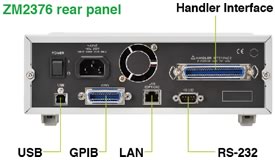 | |||||||||||||||||||||||||
|
| ||||||||||||||||||||||||
등록된 상품이 없습니다.
상품문의가 없습니다.